From 2 August to 11 August I revisited Hoodoo Mountain volcano, located along the lower Iskut River, in the Coast Mountains of British Columbia, Canada. This year was the 25th anniversary of my first visit to the volcano as part of my PhD research, in the summer of 1993. I have been to Hoodoo in the summers of 1993 (UBC), 1994 (UBC), 1996 (UBC), 1997 (UBC), 2004 (DC), 2015 (DC) and 2017 (DC), and it is one of the most spectacular places on Earth. Glaciers abound north of the Iskut River, and Hoodoo Mountain volcano stands out as an incredible, ice-capped mountain in the midst of the more jagged Coast Mountains
(also see pictures below). The shape of Hoodoo Mountain has been greatly influenced by the surrounding glaciers. Many of its eruptions have been beneath ice sheets, which have forced the lavas to form steep cliffs (some over 600 ft/200 m high) as they met the surrounding ice and got stuck.
At least one period of the volcano’s history involved large explosive eruptions, which formed deposits almost all the way around the mountain. The explosions produced during this period of eruption may have been as large as the 1980 eruption of Mt. St. Helens, although that is hard to verify for sure. But the deposits produced by the eruptions are over 100 m thick in some places around the volcano, and have a distinctive yellow color.
Later eruptions probably happened under a thick ice cap to produce lava domes and spines, which are now encased in their own broken fragments (called volcanic breccia/tuff-breccia). The most recent eruptions produced lava flows that are likely only a few thousand years ago, but some of which are also older and partly filled the valleys to the east and west of the volcano. These valley-filling lavas either formed when the glaciers were absent from the valleys, or they may have melted the valley glaciers, because now as the surrounding glaciers are retreating (Hoodoo Glacier to the west, Twin Glacier to the east), these lavas are being uncovered by the ice. The most recent eruptions produced unglaciated lava fields with clearly visible lava levees/channels.
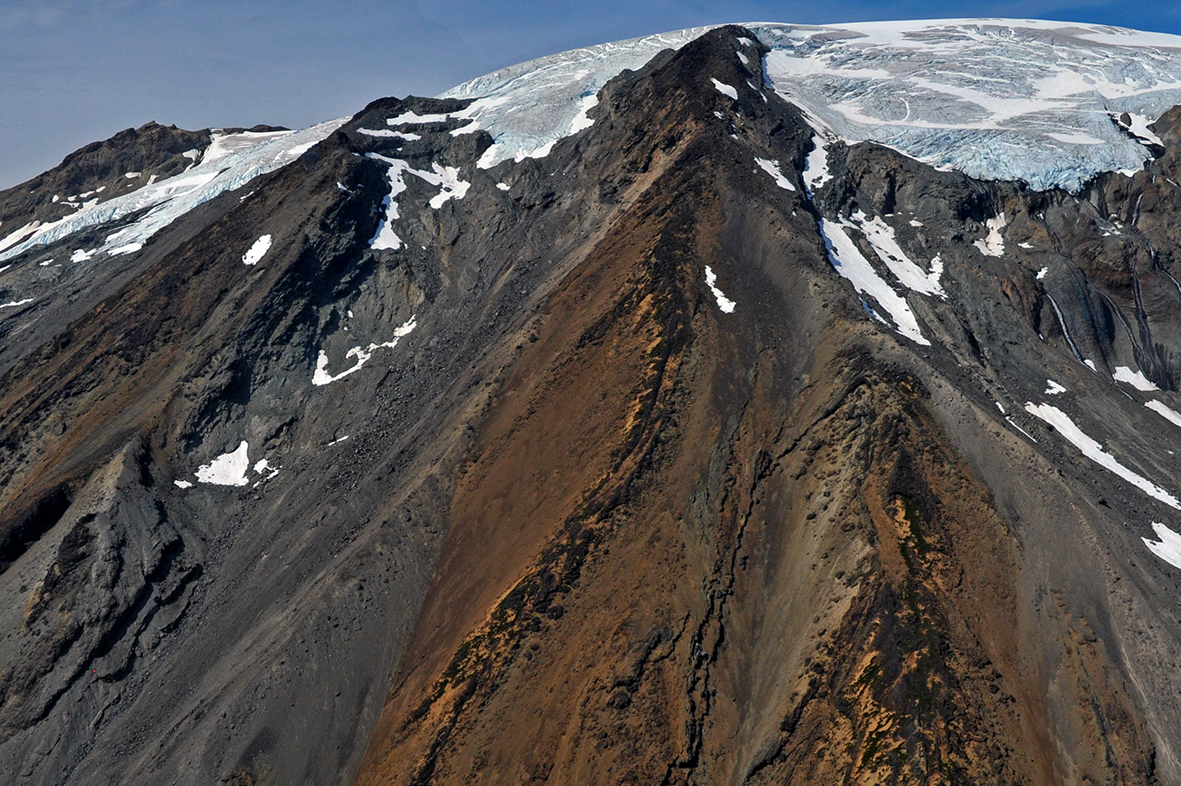
Recent eruptions have produced lava channels that run down the southeastern flanks of Hoodoo Mtn volcano

A young lava channel and blocky lava of phonolite-trachyte composition on the northwest flank of Hoodoo Mtn volcano
The 2017 Hoodoo Expedition team comprised four students from Dickinson College (Hayat Rasul, Amanda Haddock, Billy Irving, James Fisher) and a Dickinson alum (Will Kochtitzky) who is now doing graduate work at the University of Maine. We measured how fast Twin and Hoodoo glaciers are moving with high precision GPS, mapped stream terraces, sampled sediments from an ancient lake, and surveyed the ice cap on top of Hoodoo Mountain. We also spend time looking at volcanic rocks produced by eruptions under the surrounding glaciers at Little Bear Mountain volcano (pillow lava), and we documented the chemical compositions of water from glacial streams, springs and meltwater ponds on top of the glaciers.
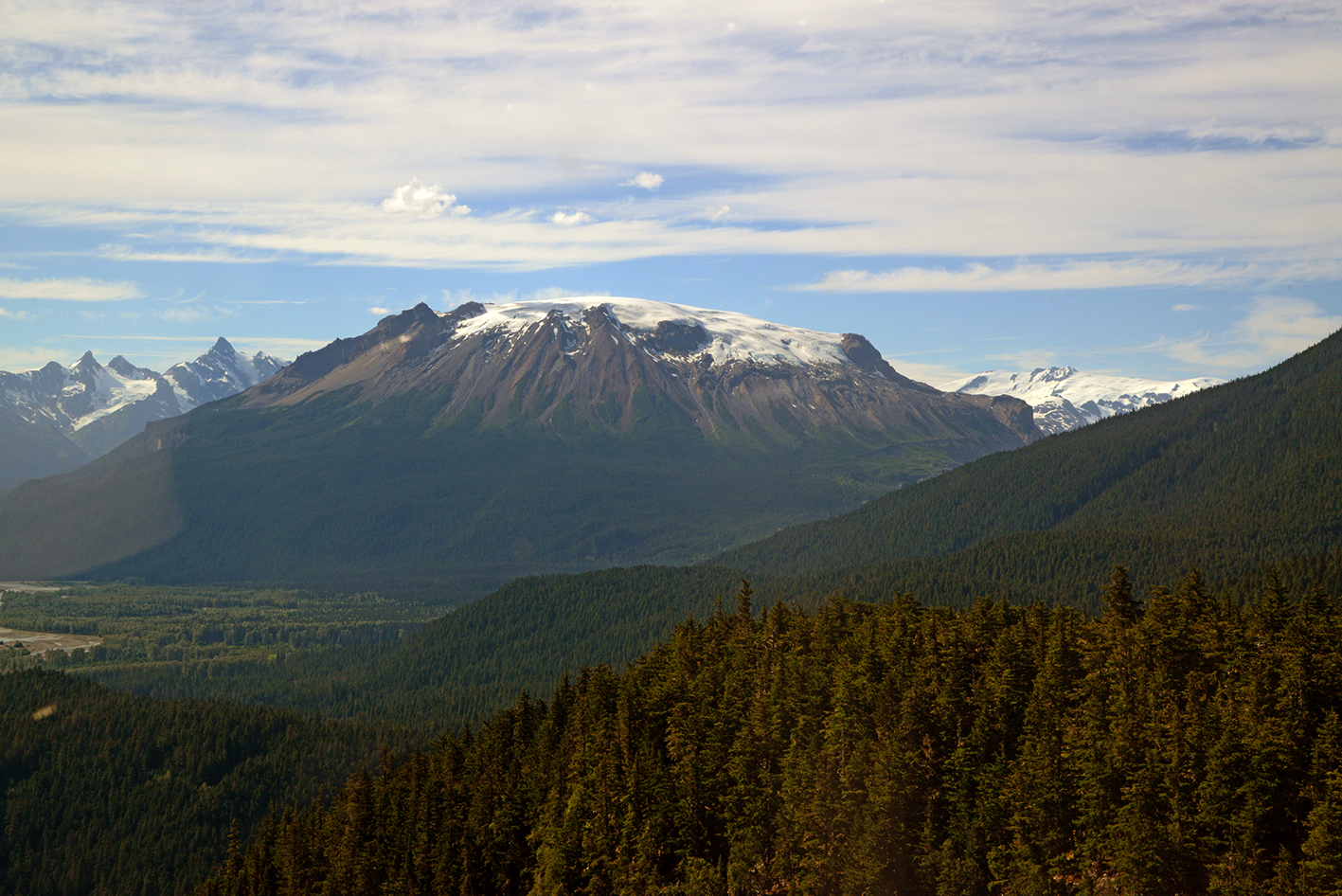

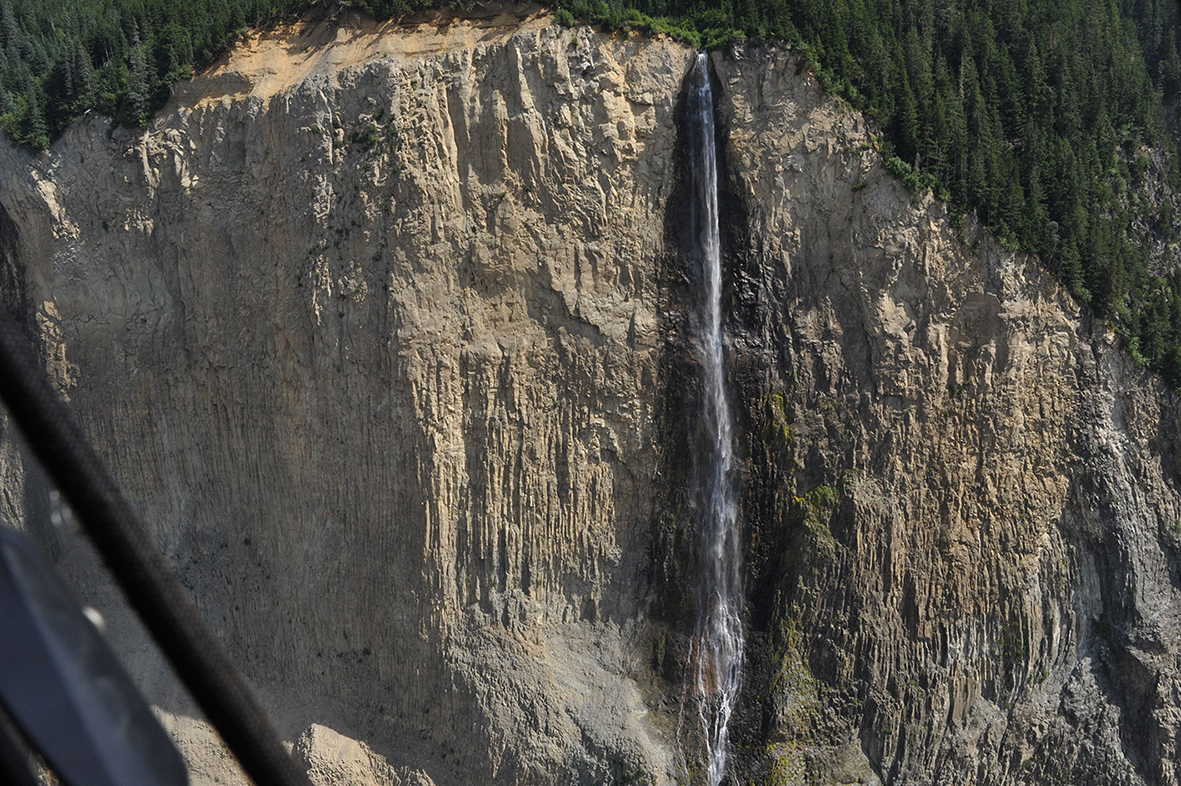
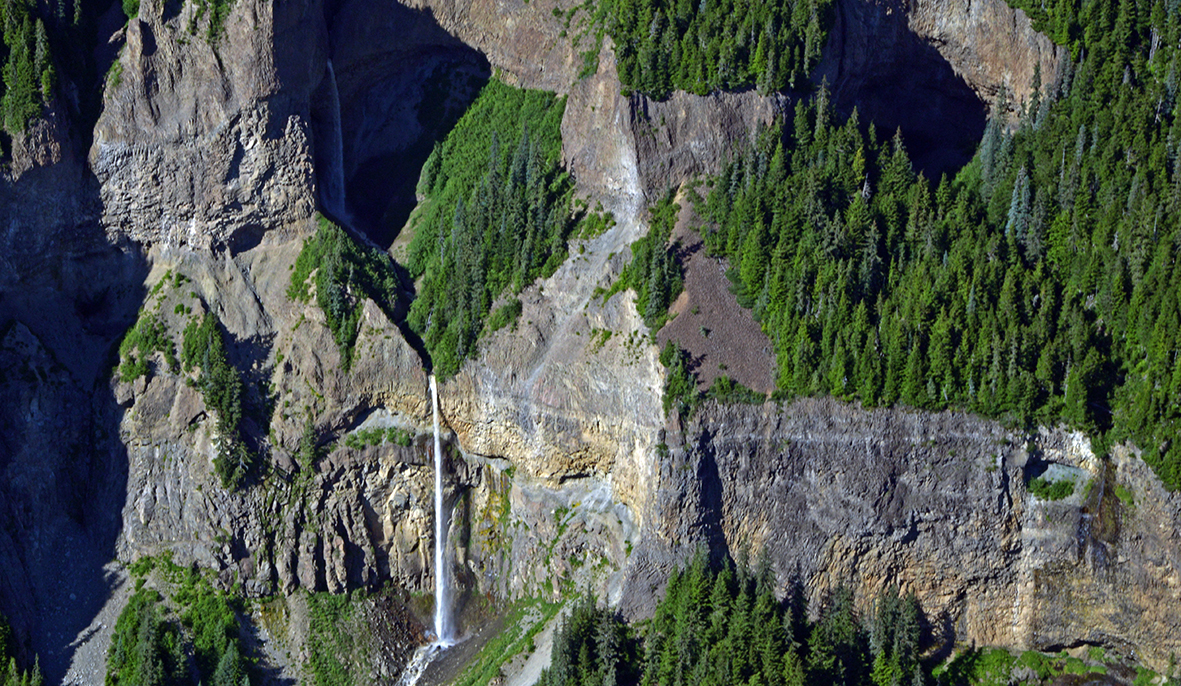
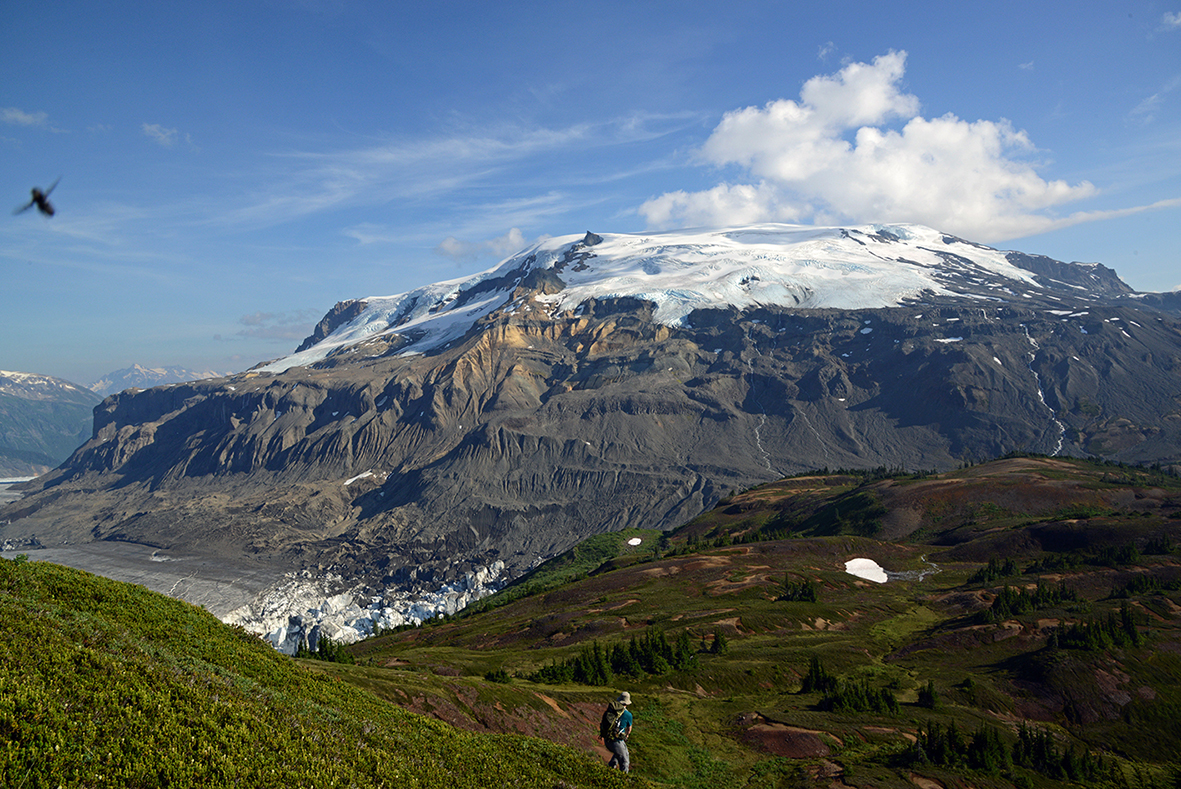


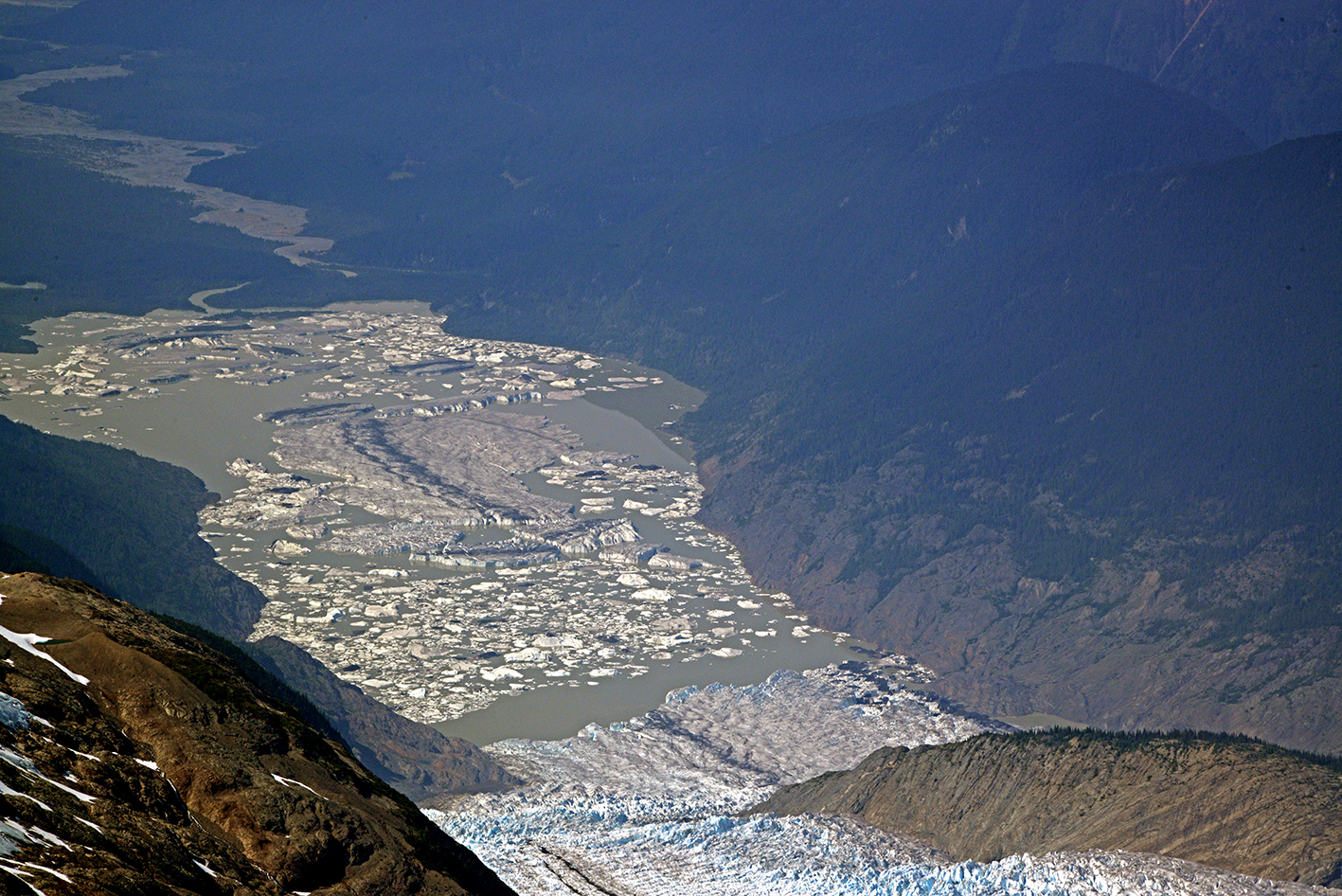

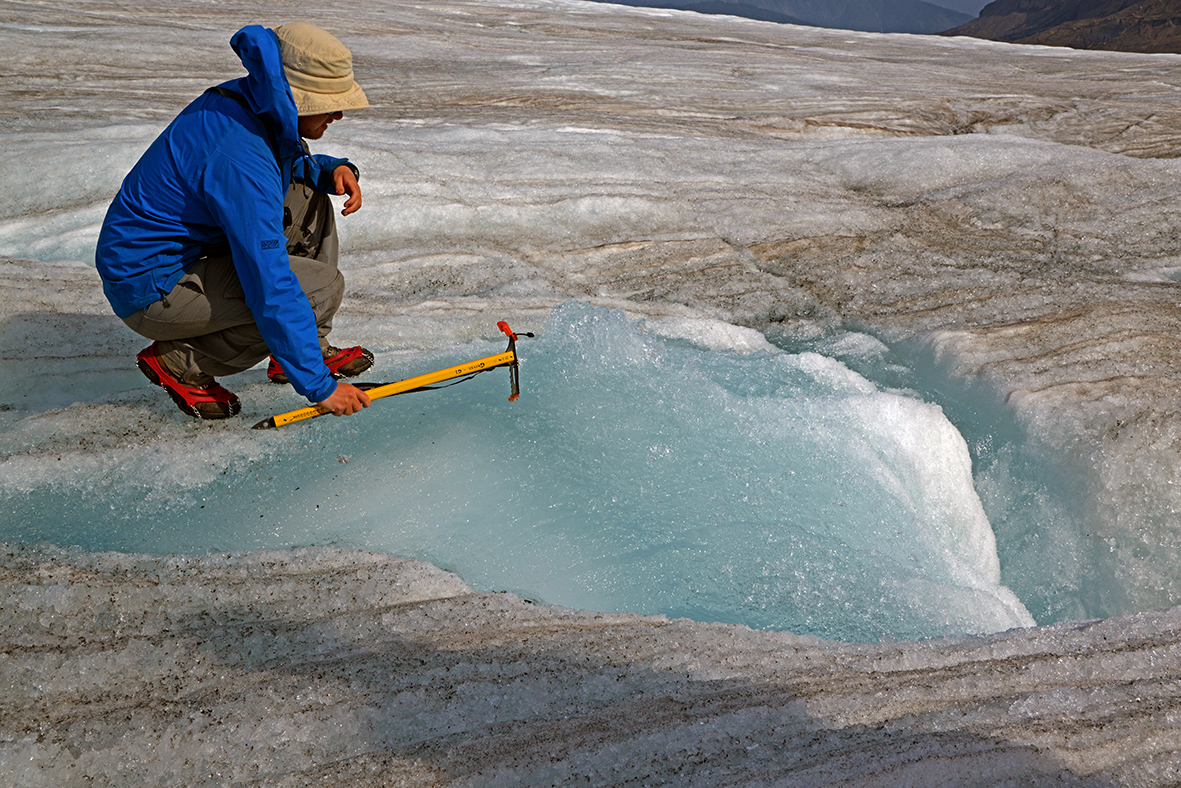

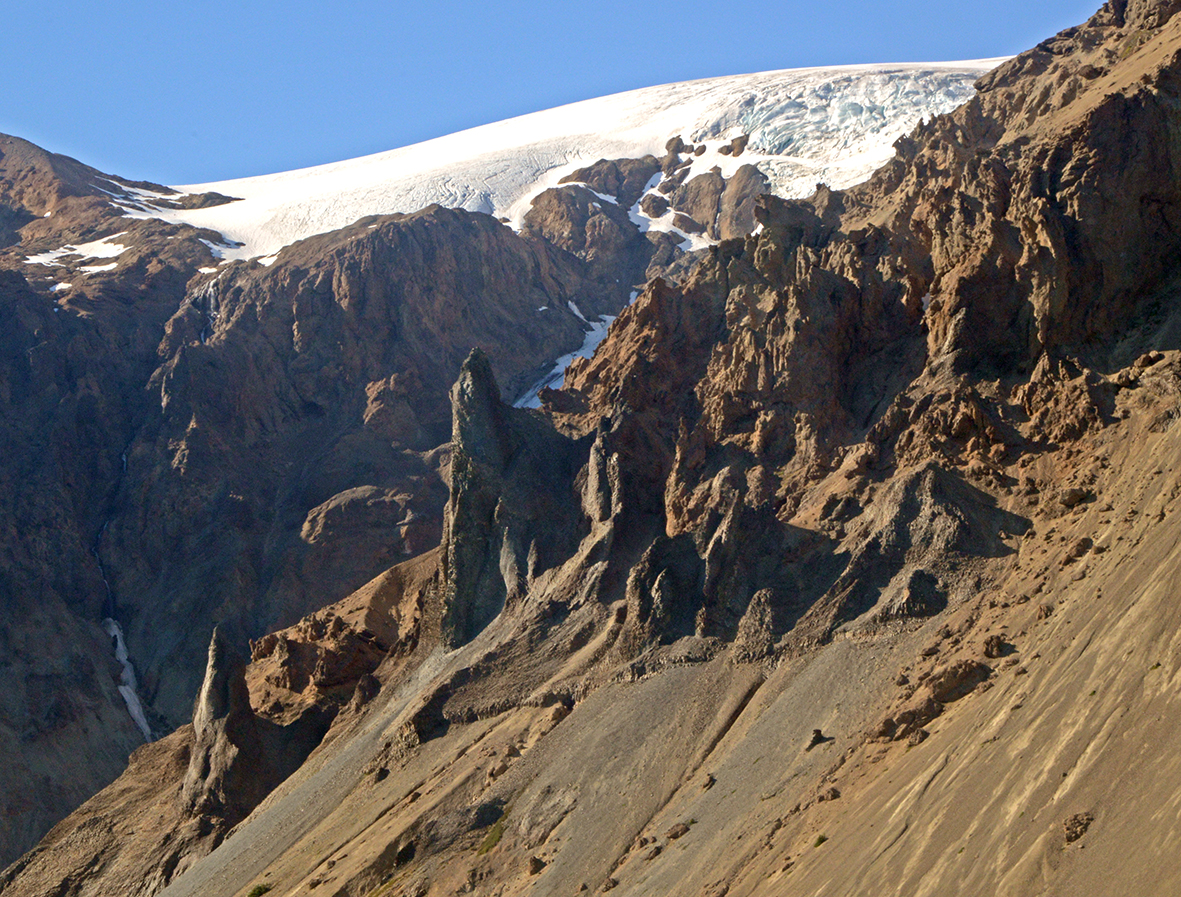

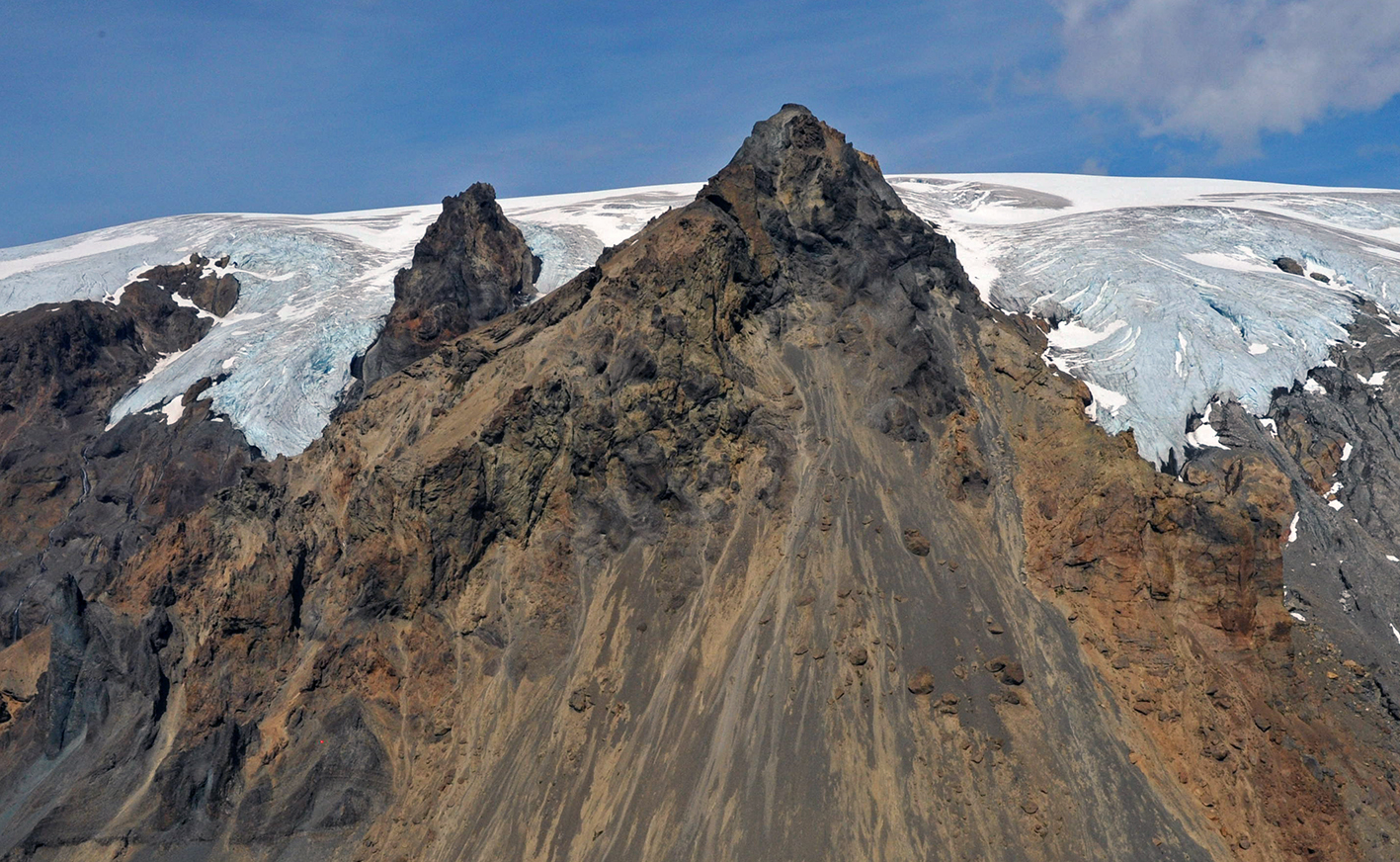
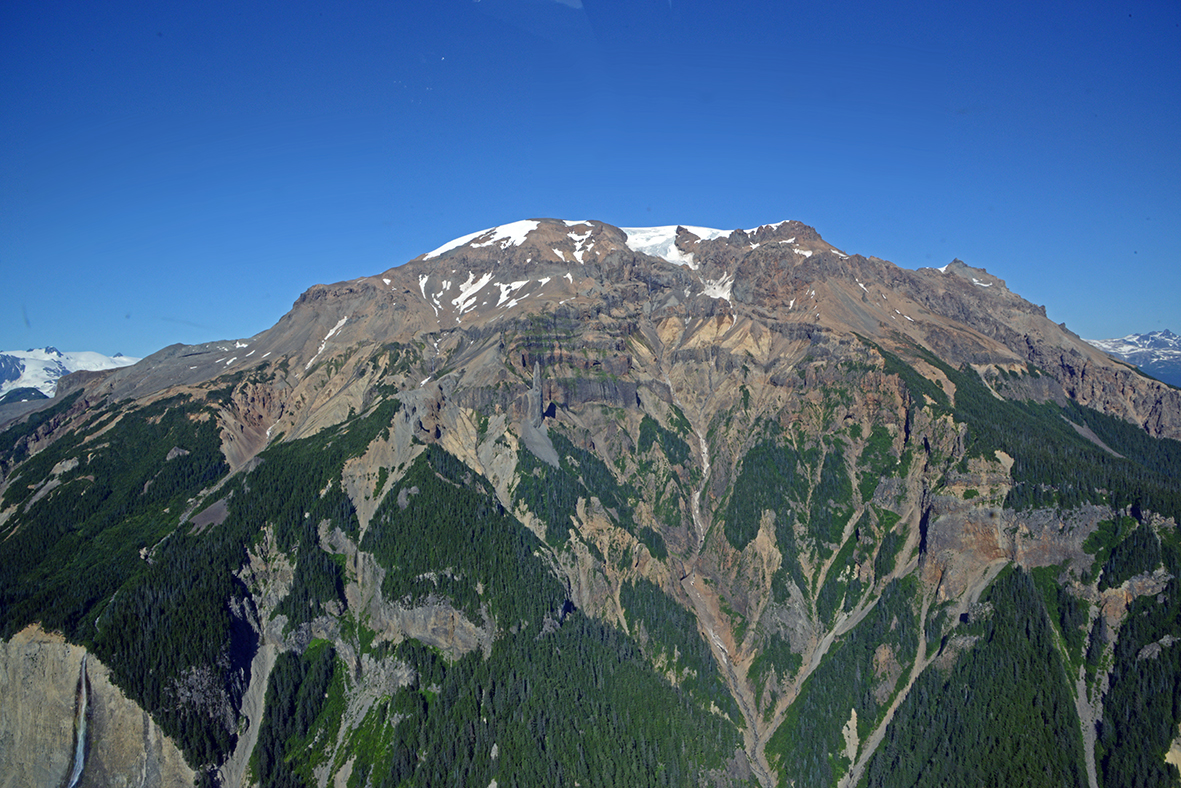

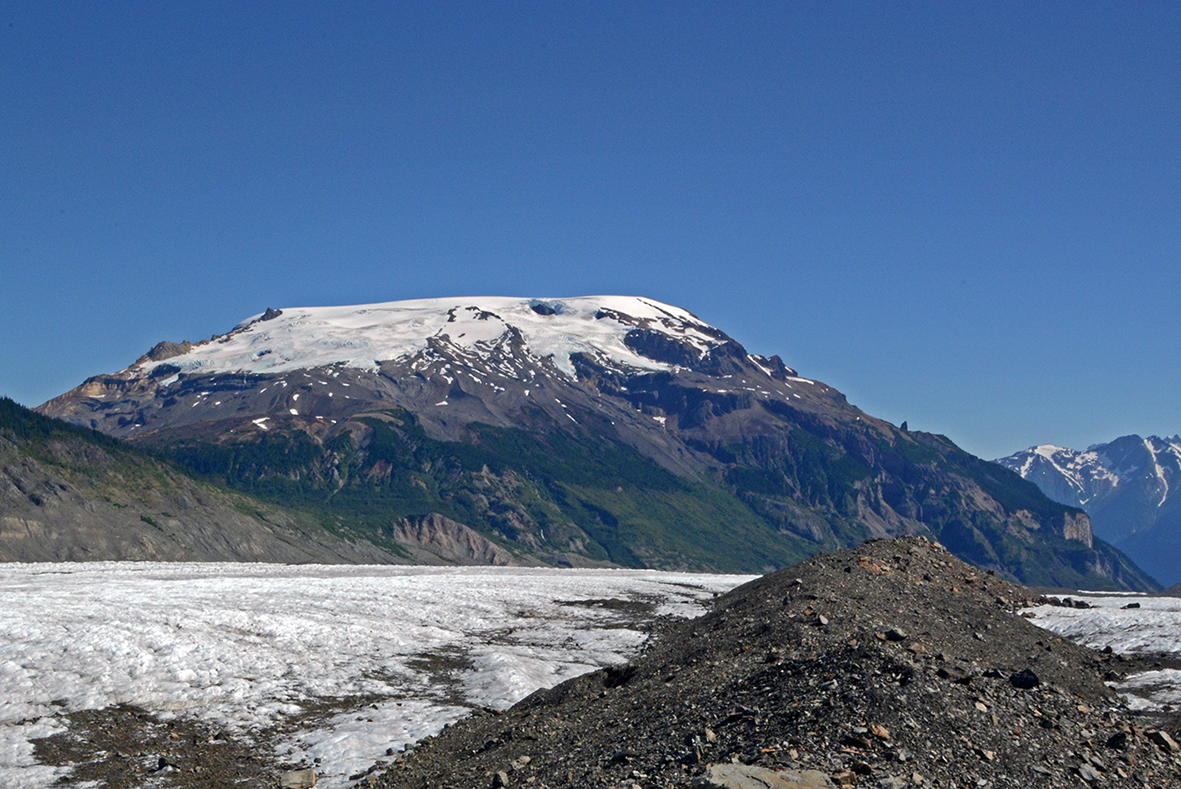

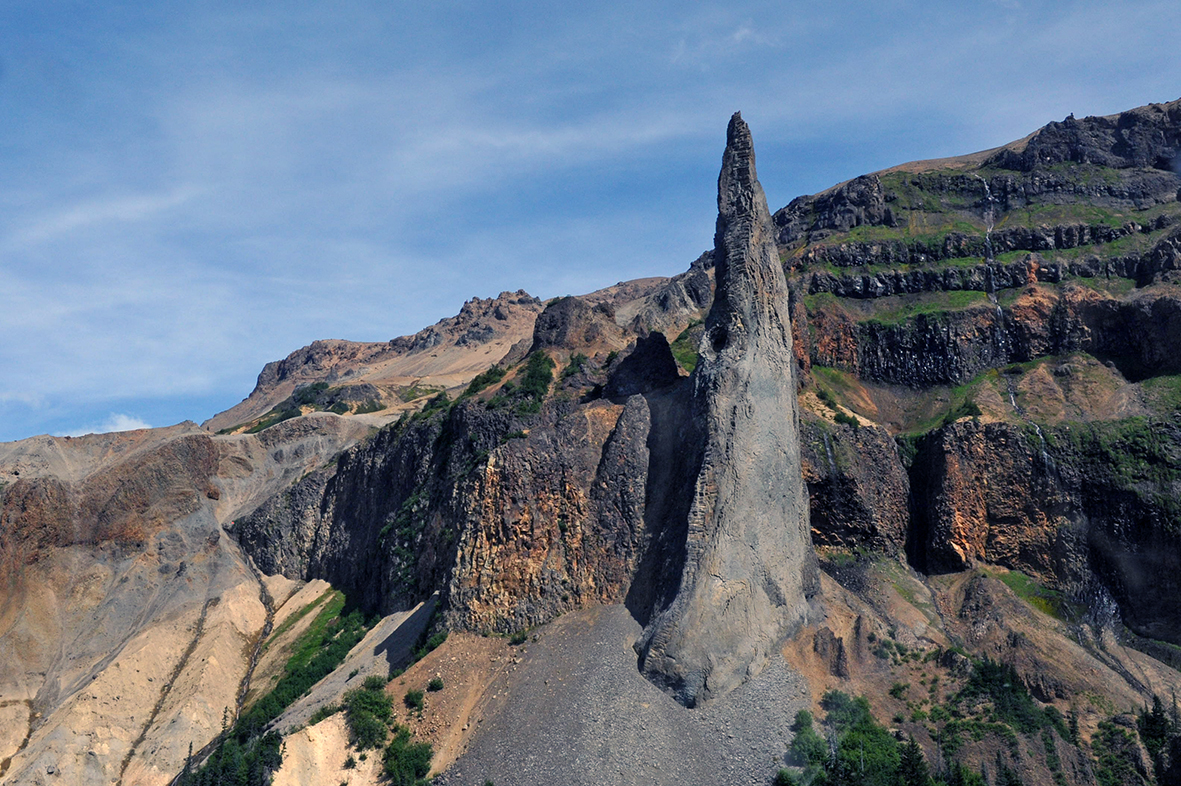
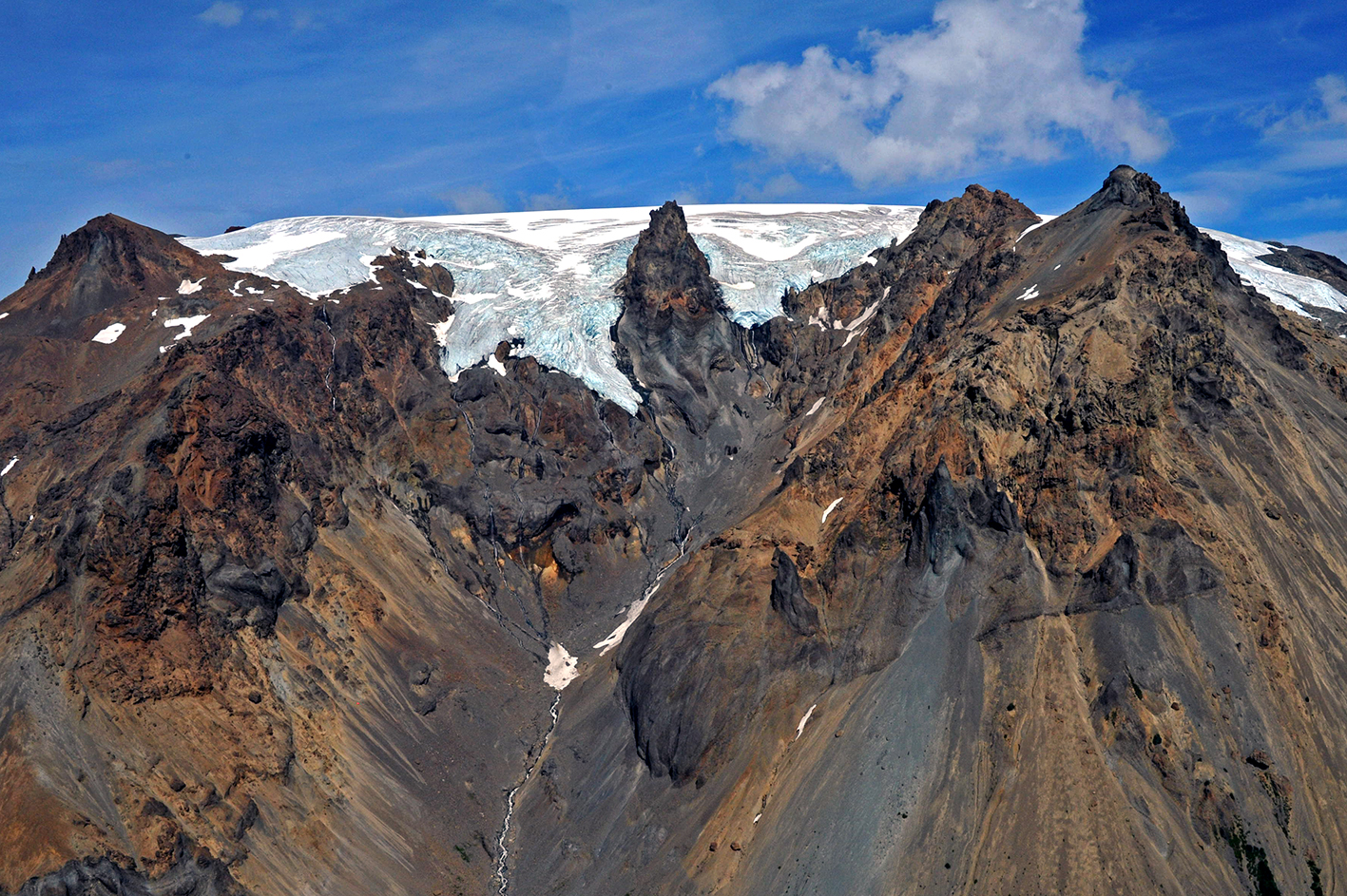
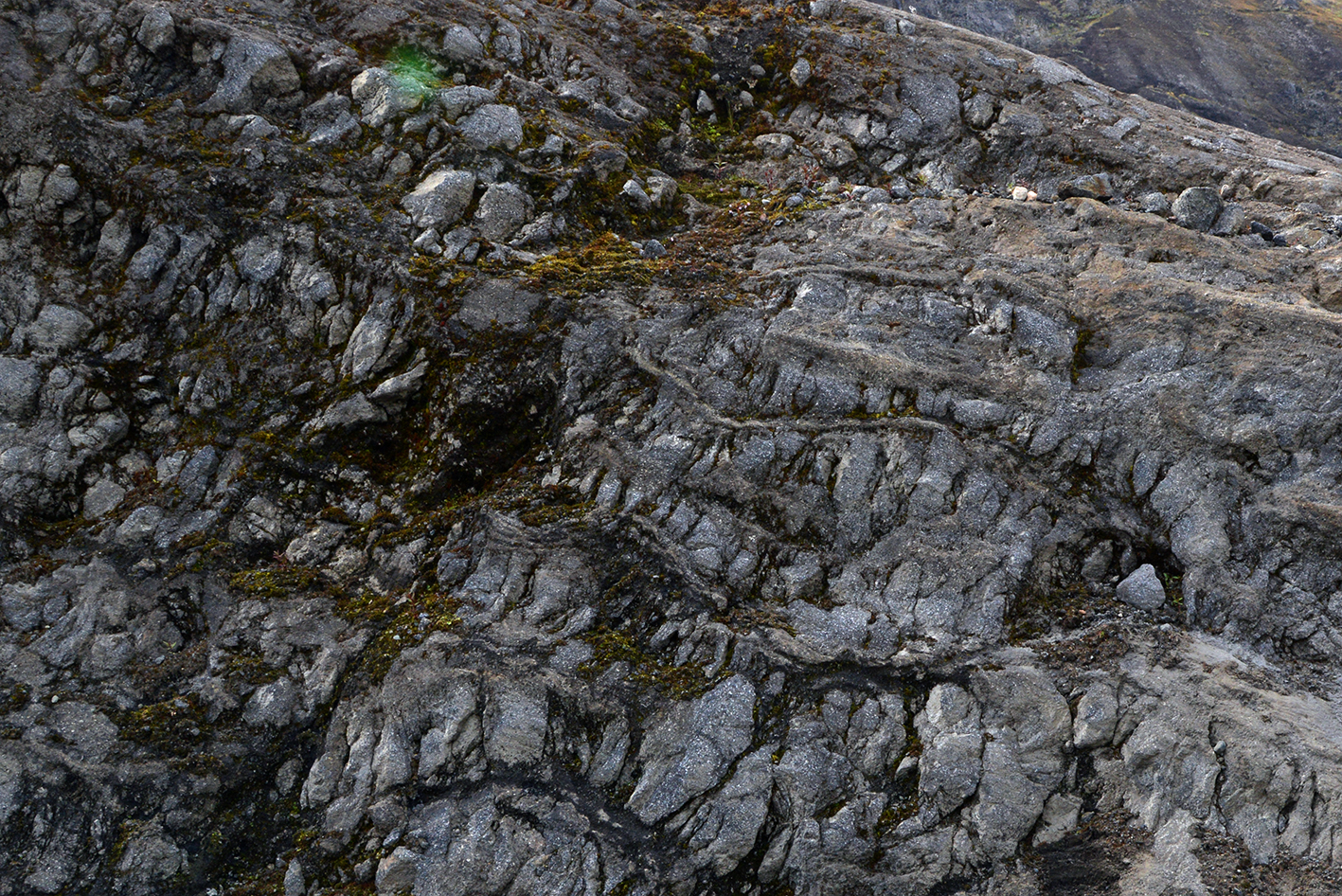
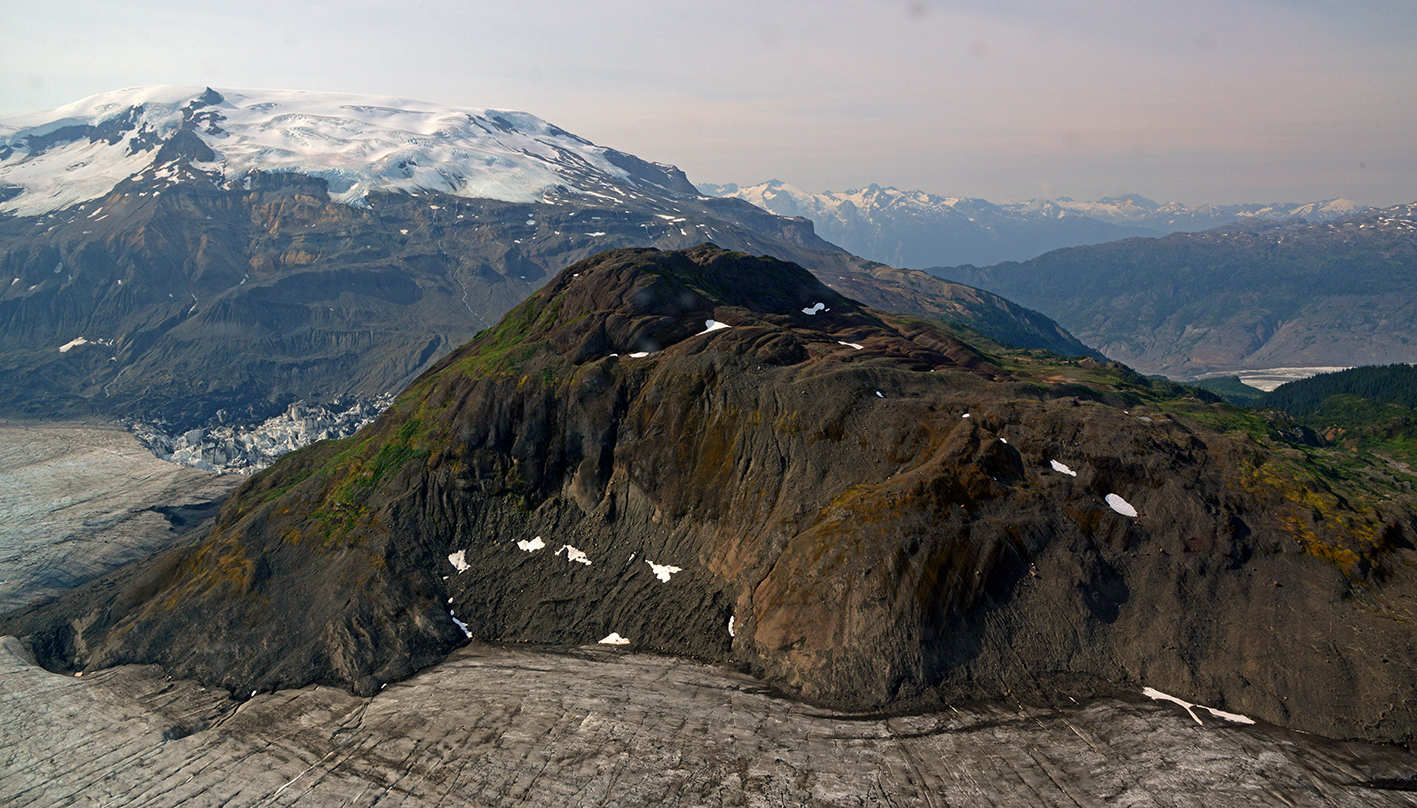



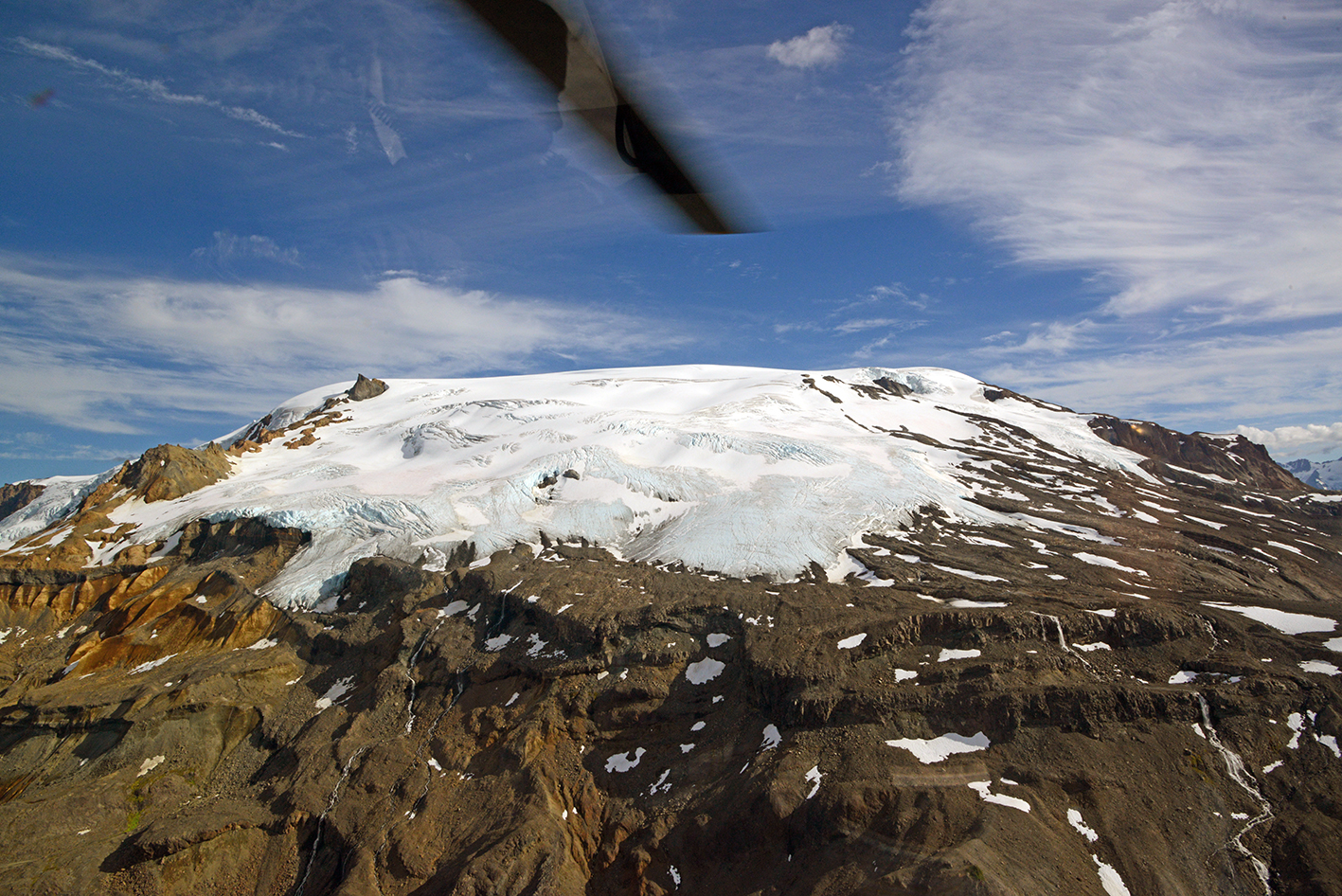
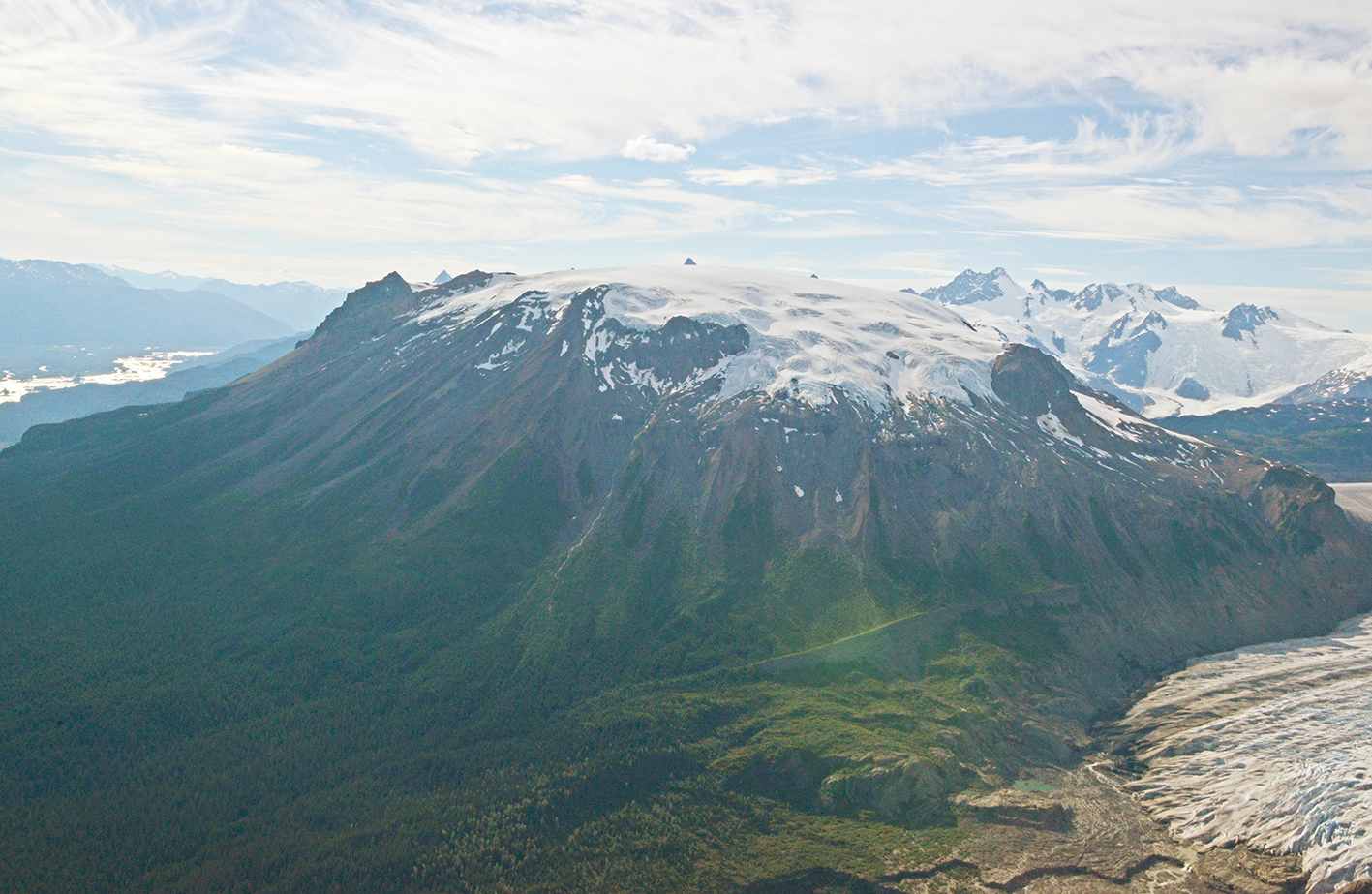


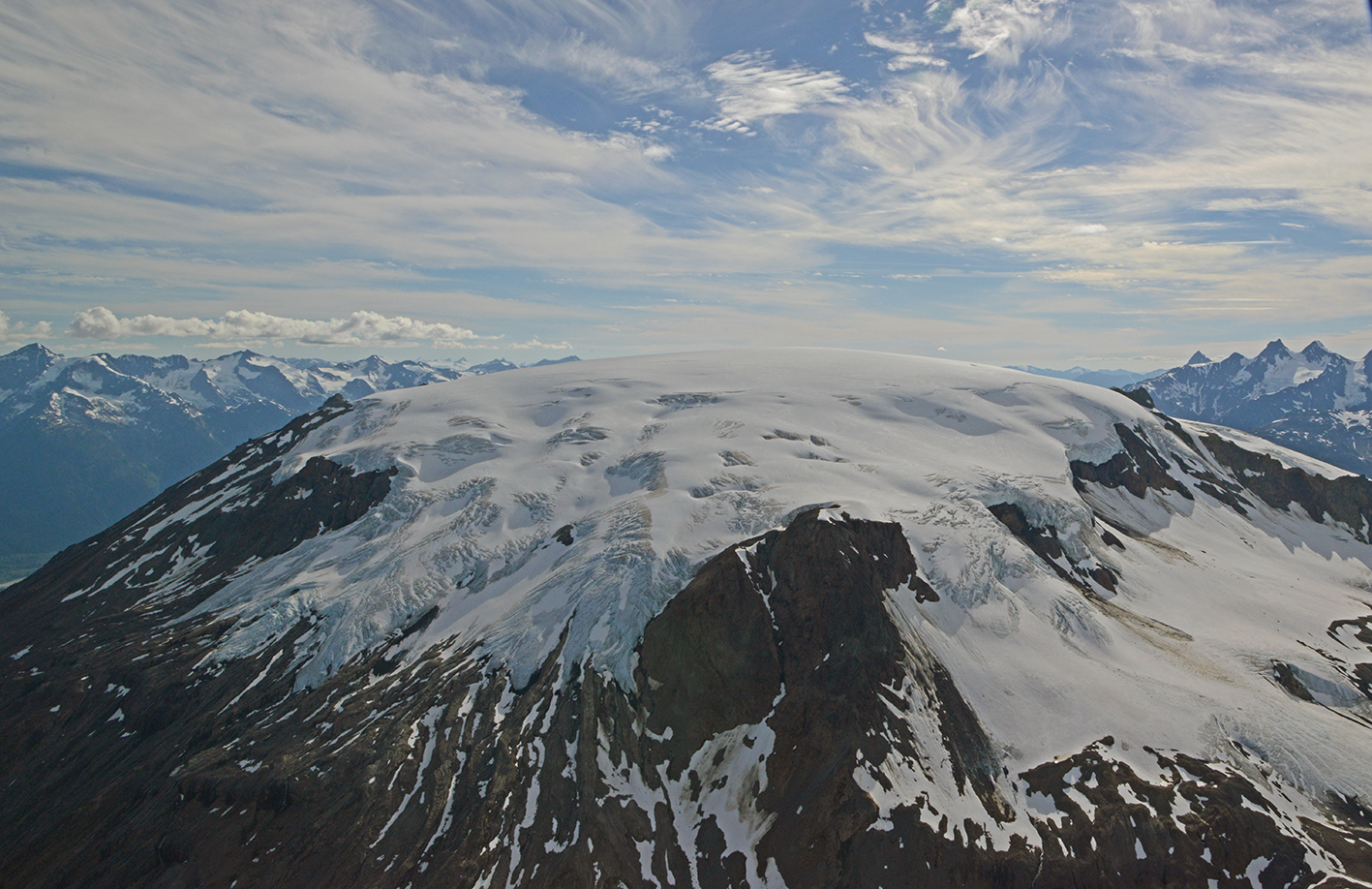
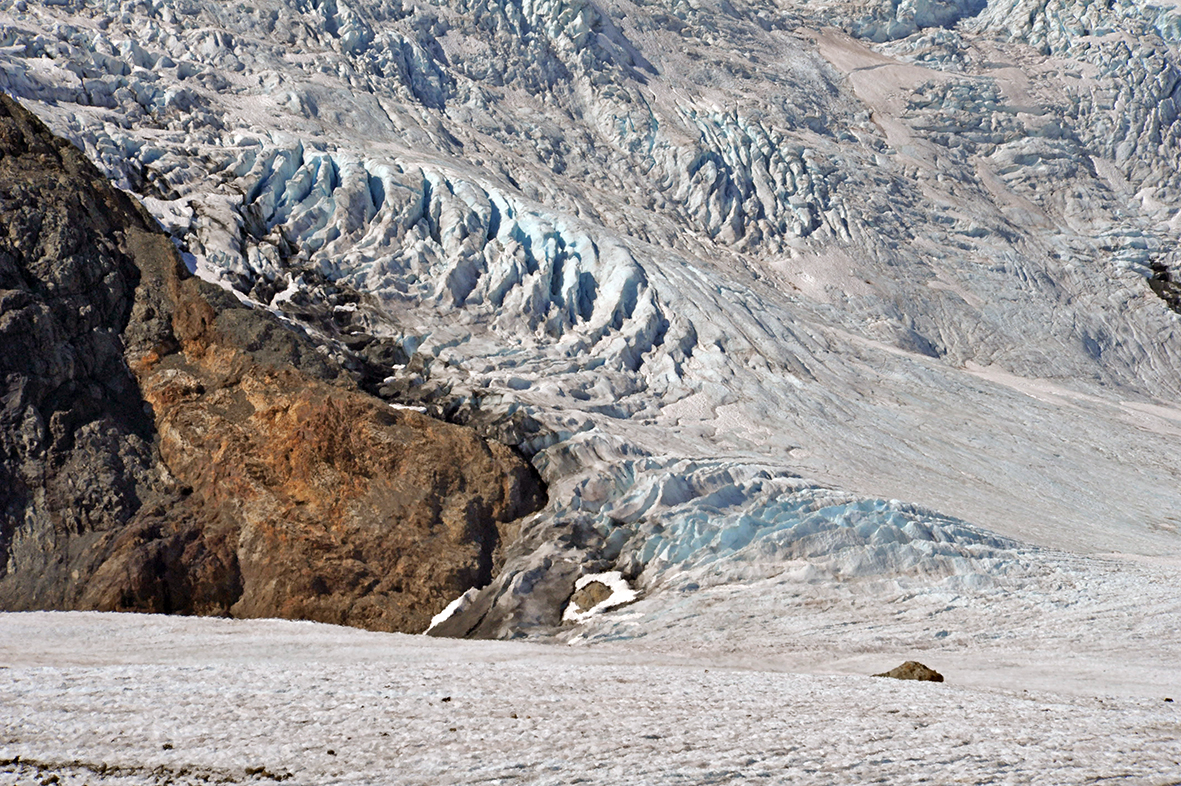
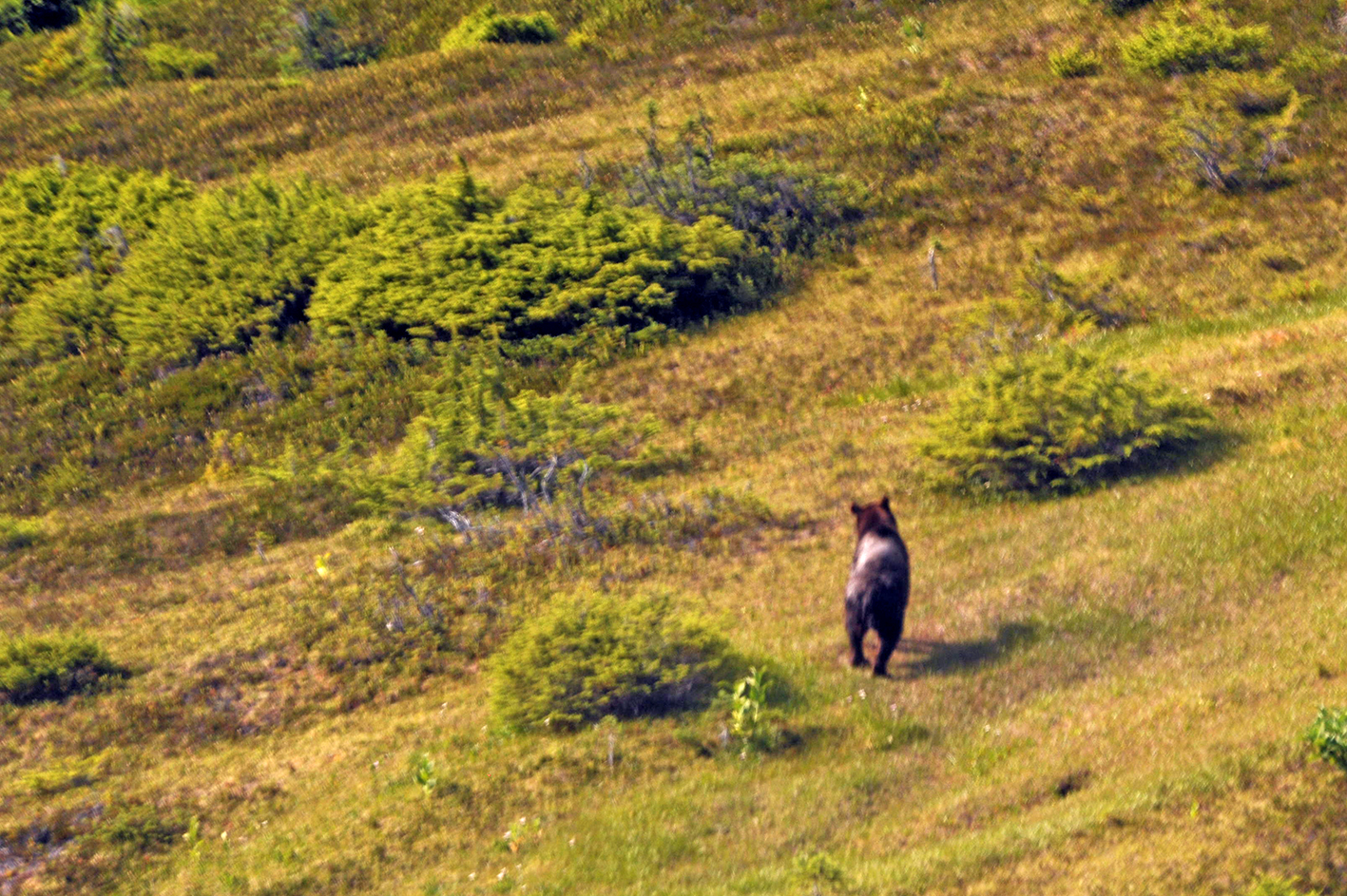
Leave a Reply